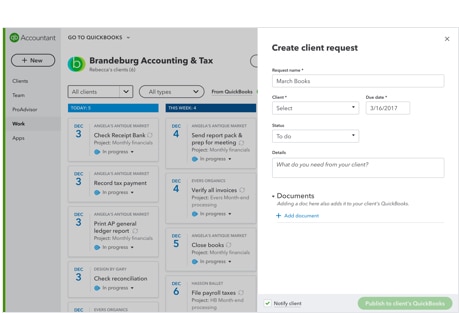
Set up Inventory Part Items for things the farm produces, but set them up in a special (non-standard) way.Set up an equity account to use when setting up Items (more on this later).The solution? By setting up Inventory Part Items in a non-standard way, you can to trick QuickBooks into handling farm production inventories properly in a cash accounting situation. The point is that a lot of cash basis businesses create inventories which need to be accounted for and should appear on balance sheets, though the inputs for producing those inventories have already been expensed. Someone who runs a roadside produce stand might make and sell concrete yard statuary and related items (concrete raccoons, deer, garden foot bridges.and those gnomes which some people can't seem to get enough of). A floral shop might make dozens of fresh evergreen wreaths to sell during the Christmas holiday each year. This is a common problem for many small business owners who use QuickBooks for cash accounting. So how can an inventory be established for them? Do they need to just "magically appear" in QuickBooks? And calves, lambs, and pigs are born, not purchased. Purchased inventories are added to QuickBooks by entering a purchase transaction, but crops are raised, not purchased.

Worse, how does an inventory of grain or livestock make its way into QuickBooks in the first place? A balance sheet lists the values of the farm's assets, but you cannot assign a value to assets (farm inventories) which do not exist in QuickBooks! The assets must be represented in QuickBooks in some way, usually as an inventory. How then, can you assign a value to grain or livestock inventories for preparing a balance sheet? So there is no accumulated production cost total available anywhere in QuickBooks for assigning to a crop when it is harvested, as its inventory value. When the crop is harvested and put into storage, the amount accumulated in the WIP account would be transferred to an asset account representing the grain inventory, as the inventory's value (asset value).īut with cash accounting the cost of production inputs is not accumulated anywhere: fertilizer, seed, chemicals, and other inputs are expensed at the time of purchase.

For a grain crop, a WIP account would accumulate the cost of labor, fertilizer, seed, chemicals, fuel, and so on, while the crop is being grown. In accrual accounting, a Work in Process (WIP) inventory account would be used to accumulate the cost of labor and supplies used in manufacturing a product. For those inventories, a question arises: "How can I assign a value to my inventories for preparing a balance sheet with QuickBooks?" Some agricultural products, like harvested grain, are put into storage and may not be sold for months.


(Federal income tax regulations require that farm resale inventories be handled on an accrual basis, just like the resale inventories of a retail business.) Introductionįrom an accounting standpoint, farms are manufacturing businesses: they apply inputs (seed, feed, fertilizer, chemicals, labor.) to their factories (land, breeding livestock, greenhouses.) and make products (harvested grain, market livestock, hanging basket plants.). Also, understand that these techniques apply to raised farm production, not things bought for resale such as resale livestock. The techniques in this article apply to QuickBooks desktop editions (Pro, Premier, and Enterprise) but not to QuickBooks Online, because differences in its inventory system prevent practical application of these techniques.
#HOW TO SETUP QUICKBOOKS ACCOUNTANT ONLINE PLUS#
Like those Web site ads that claim they will tell you "How to lose weight with this one weird trick.", this article shows "one weird trick" (actually, just a simple workaround) for getting the inventory done, plus a lot more.
#HOW TO SETUP QUICKBOOKS ACCOUNTANT ONLINE HOW TO#
A big hurdle these agricultural businesses face in using QuickBooks, is how to get inventories of things the farm or ranch produces into QuickBooks-and assign estimated market values to them-in a way that is compatible with cash accounting. Most US-based farming and ranching operations use cash accounting, and the majority prepare market-value balance sheets for purposes such as borrowing operating capital.


 0 kommentar(er)
0 kommentar(er)
